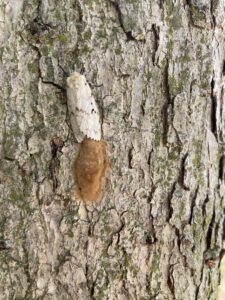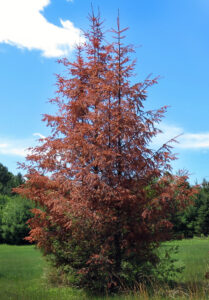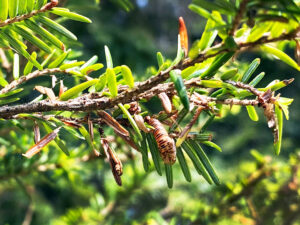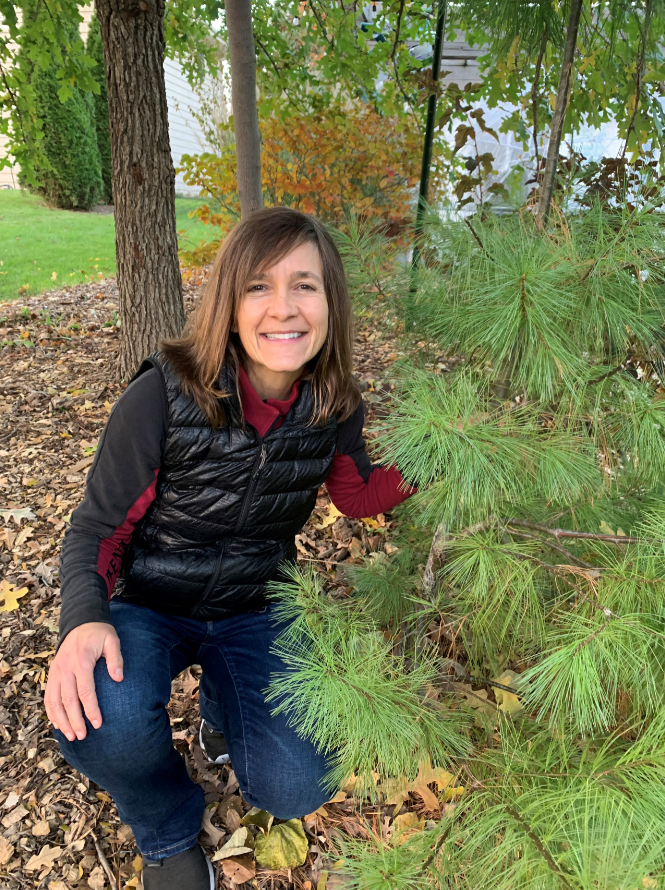 Congratulations to Kim G. Sebastian as she begins her retirement this month. Kim has been with the DNR as Urban Forestry Coordinator since 1990. Read on to hear Kim reflect on her experience with the DNR and share some parting words.
Congratulations to Kim G. Sebastian as she begins her retirement this month. Kim has been with the DNR as Urban Forestry Coordinator since 1990. Read on to hear Kim reflect on her experience with the DNR and share some parting words.
After 32 years in the enviable position as a Wisconsin DNR Urban Forestry Coordinator, I will be retiring on Aug. 1, 2023, from a dream job I love, with colleagues I love even more. I’ve been incredibly blessed to learn, smile and serve every day and to call hundreds of strangers now friends. Thank you for accompanying me on this career journey and helping build one of the most incredible forestry programs in the country. Thank you for having faith in me back in 1990.
Continue reading “DNR Urban Forestry Coordinator Kim Sebastian Retires”

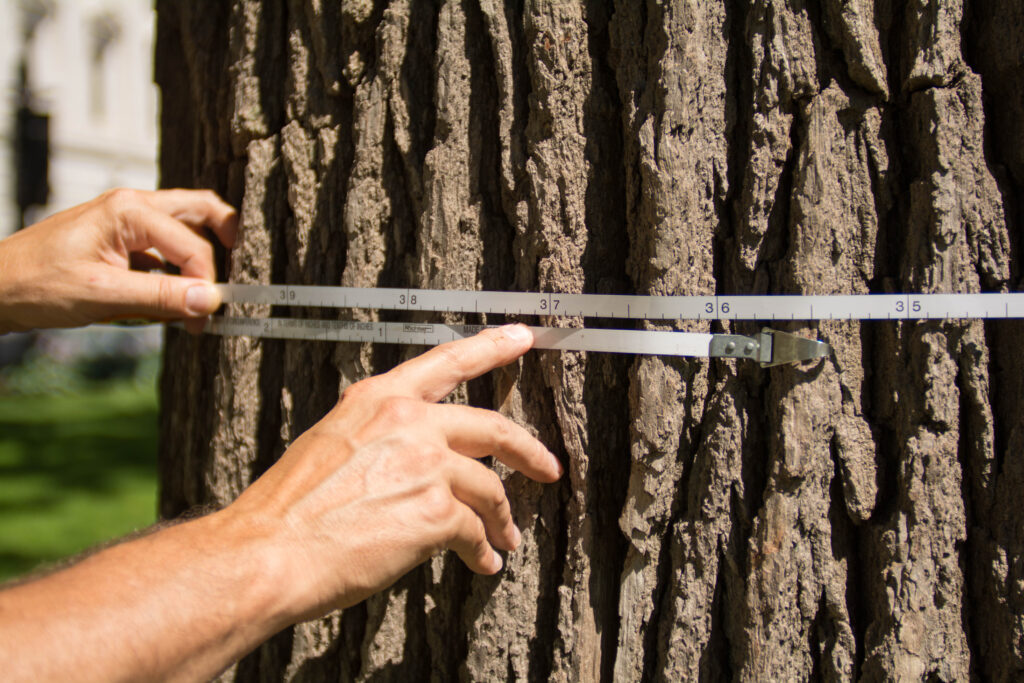 Tree inventories are foundational elements of sustainable urban forestry programs. You need to know what you have to best manage your trees. Because of the importance of these datasets, the Wisconsin DNR Urban Forestry program often funds inventories through their annual grants (
Tree inventories are foundational elements of sustainable urban forestry programs. You need to know what you have to best manage your trees. Because of the importance of these datasets, the Wisconsin DNR Urban Forestry program often funds inventories through their annual grants (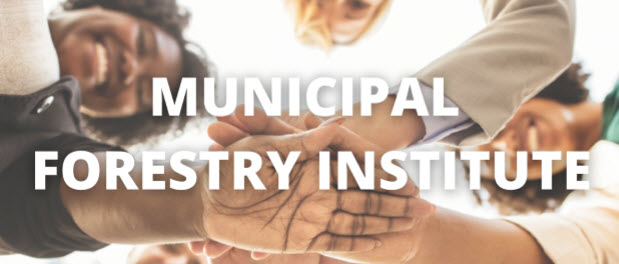 The Municipal Forestry Institute is an intensive high-level professional growth program of the
The Municipal Forestry Institute is an intensive high-level professional growth program of the 